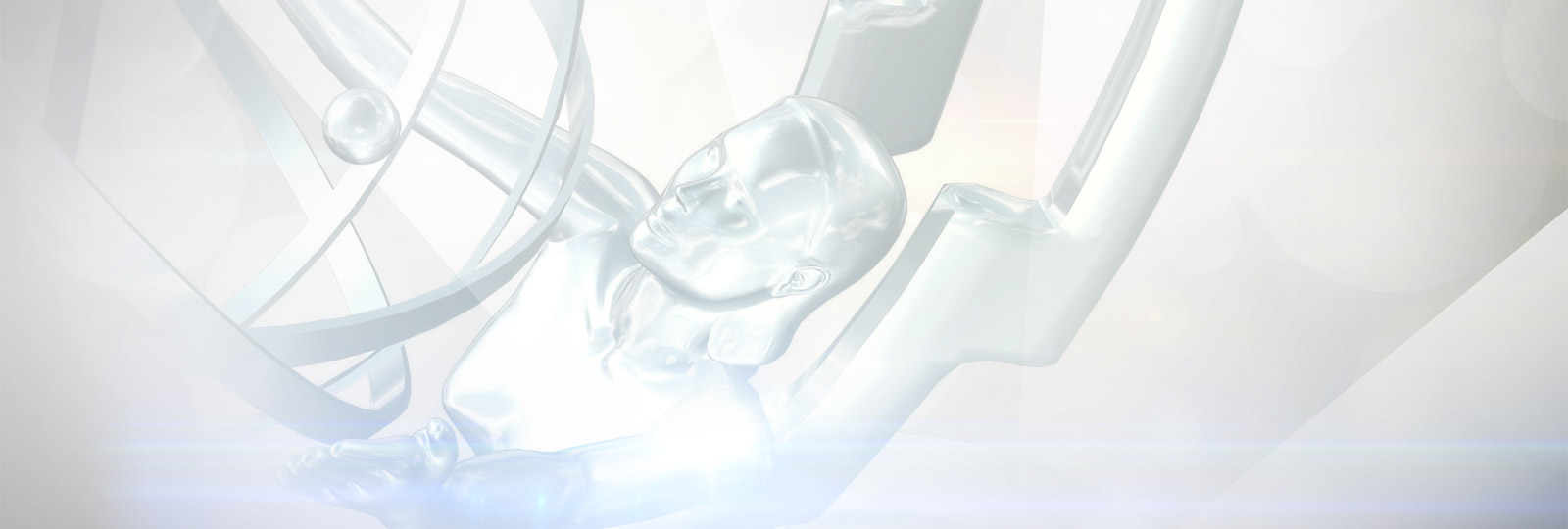Hi there,
We changed our versioning policy. After releasing a version (e.g. 2.0), we used to immediately create a new version followed by the ‘-DEV suffix’ (e.g. 2.1-DEV). Then when an official release happened we would remove the suffix (e.g. 2.1).
This seems to have created useless discussion on the timeline of GPAC installers and versions: was 2.1-DEV anterior (yes) or posterior (no) to the official 2.1 release?
To mitigate that issue, we have decided that odd minor versions (e.g. 2.1-DEV) would be dedicated to our development rolling-releases. These versions are tested using our CI but they might occasionally break until we detect and fix the issue, usually thanks to you. These breakage are unfortunately unavoidable, and that’s the precise reason we need a community and a robust test suite and CI/CD system.
Even versions (e.g. 2.0 or 2.2) are stable releases.
As a consequence our next release will be 2.2. That should be soon… stay tuned!

